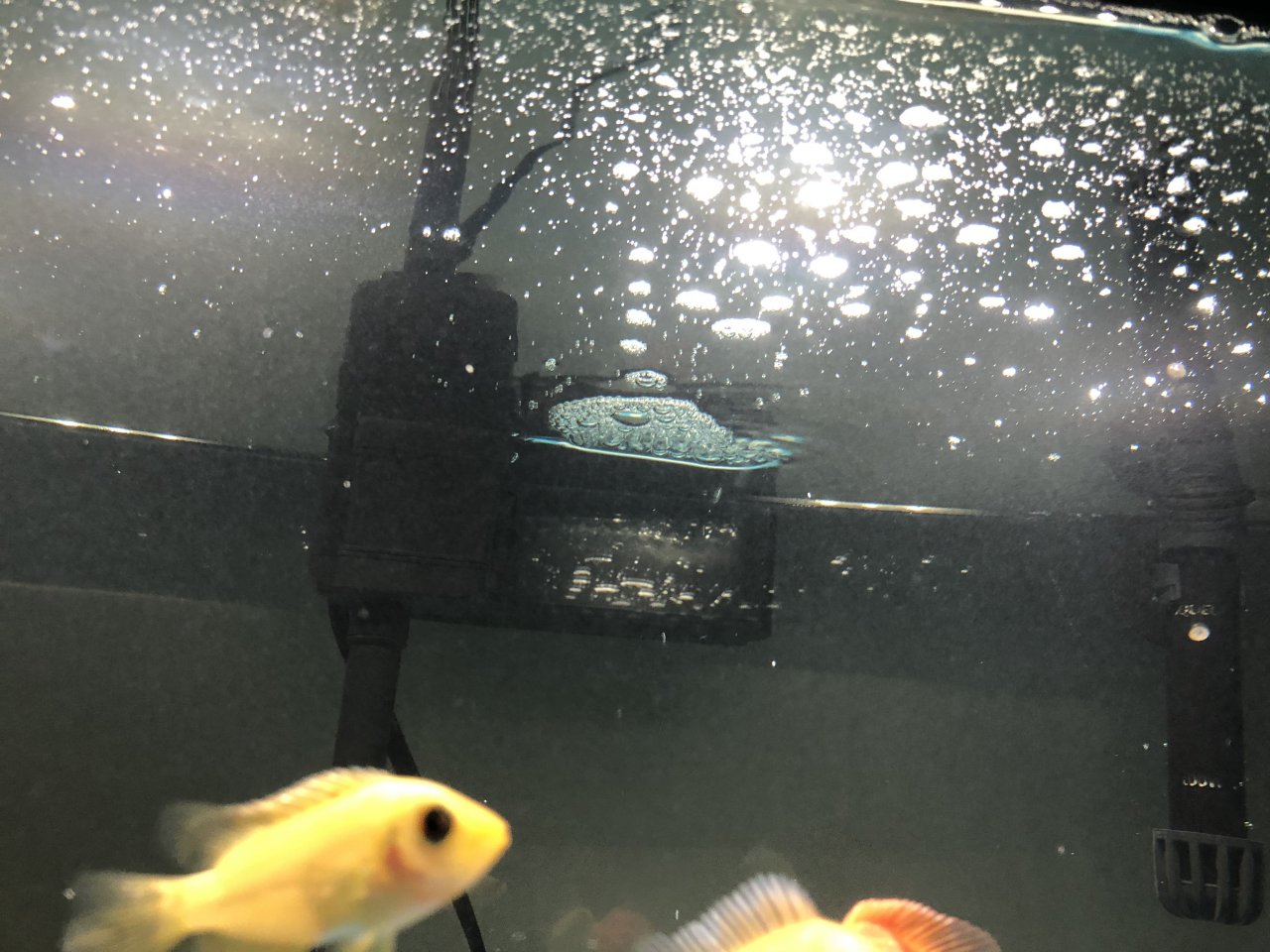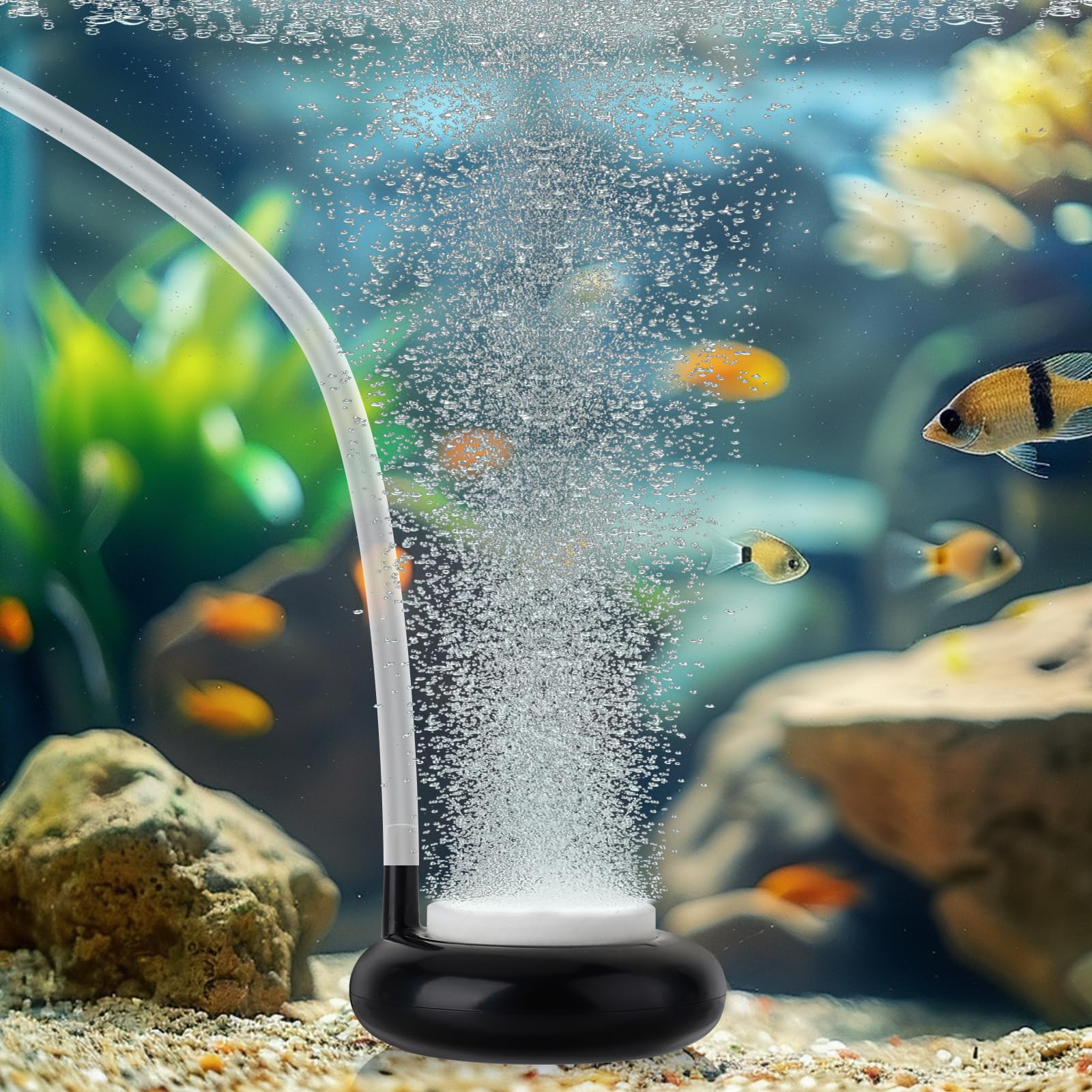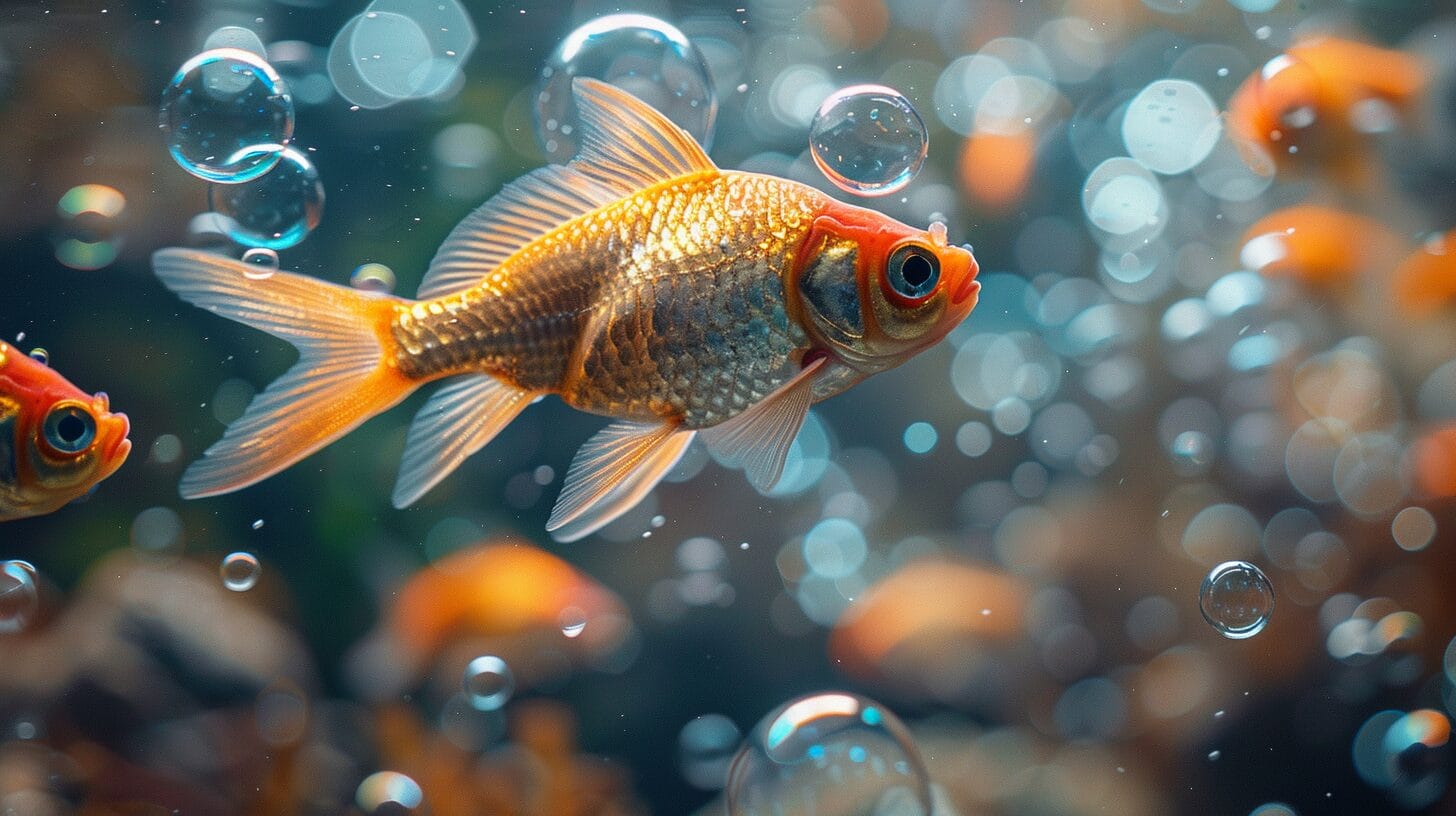Introduction: The Bubble Conundrum
Aquariums are miniature worlds teeming with life, where a delicate balance sustains an ecosystem within glass walls. One common yet often misunderstood phenomenon in these underwater realms is the presence of bubbles. While bubbles can add an aesthetic charm, they can also signify underlying issues that require attention. This comprehensive guide delves into the various types of bubbles you might encounter in your fish tank, their causes, and what they mean for your aquatic inhabitants’ health and happiness.
Aesthetic Bubbles: Ornamental Features
Firstly, let’s address the intentional introduction of bubbles, often seen in the form of bubble walls or rising from ornamental decorations. Air stones, bubblers, and filters equipped with air diffusers generate these bubbles to enhance the visual appeal and, in some cases, to increase oxygenation. These bubbles contribute to a lively ambiance and can help aerate the water, especially beneficial for tanks housing active or oxygen-demanding species. Remember, while visually pleasing, excessive artificial aeration can disrupt the natural balance and potentially stress sensitive fish.

Surface Tension and Natural Bubbling
Natural bubbling at the water’s surface is a result of the exchange of gases between the aquarium water and the surrounding air. Oxygen dissolves into the water, while carbon dioxide escapes, a process facilitated by the surface agitation caused by fish movement, filter output, or simple water movement. A consistent stream of small bubbles forming and bursting at the surface indicates a healthy gas exchange, crucial for maintaining optimal water quality and fish respiration.
Problems Unveiled: Excessive Bubbling
Excessive or unusual bubbling patterns, however, can signal problems that warrant investigation. One common issue arises from overfeeding or decomposing organic matter, leading to increased bacterial activity. This process releases gases as a byproduct, resulting in larger, more rapid bubble formation. It’s a sign that the biological filter may be overloaded, and water changes along with reduced feeding are necessary to restore balance.

Filter Issues and Bubbles
Filters, especially those with powerful outputs, can inadvertently create excessive bubbling if their positioning directs water flow in a way that disturbs the water surface excessively. Adjusting the filter’s angle or adding a pre-filter sponge to diffuse the flow can alleviate this issue. Furthermore, a malfunctioning or clogged filter can produce bubbles due to trapped air being forced out under pressure. Regular maintenance, including cleaning and replacing filter media, prevents such occurrences.
Bubbles from Live Plants: A Natural Phenomenon
Live aquatic plants also contribute to the bubble scene through a process called oxygenation. During photosynthesis, plants release excess oxygen as tiny bubbles that rise to the surface. This is a positive sign, indicating healthy plant growth and contributing to the overall oxygen levels in the tank. Embrace these bubbles as a testament to a thriving ecosystem.
The Role of Temperature and Pressure
Temperature fluctuations can indirectly influence bubbling. Warmer water holds less dissolved oxygen, prompting fish and plants to consume more, thus increasing surface agitation and bubble formation. Similarly, changes in atmospheric pressure can affect the solubility of gases in water, sometimes causing temporary bubbling anomalies. While these occurrences are usually temporary and self-correcting, maintaining a stable aquarium temperature is fundamental for fish health.

The Dangers of Escaped CO₂ in Planted Tanks
For those with heavily planted tanks utilizing CO₂ injection for enhanced plant growth, escaped CO₂ bubbles can pose risks if not managed correctly. Excessive CO₂ accumulation can lead to lowered pH levels and asphyxiation of fish. Monitoring CO₂ levels with a drop checker and adjusting the injection rate accordingly is imperative to avoid these dangers.
Troubleshooting Unexplained Bubbling
If you encounter persistent, unexplained bubbling that doesn’t fit the aforementioned scenarios, it’s time for a thorough check-up of your aquarium. Inspect the substrate for pockets of trapped air, which can occur after redecorating or when using undergravel filters. Additionally, check for leaks in air lines or equipment, as escaping air can introduce unintended bubbles into the system. Addressing these issues promptly maintains the aquarium’s stability.

Understanding Surface Tension’s Impact
Surface tension plays a pivotal role in the behavior of bubbles in an aquarium. Water molecules are naturally attracted to each other, creating a ‘skin’ at the surface that resists penetration by air. This property allows insects like water striders to walk on water and influences how gas exchanges occur. When tiny air bubbles form, they tend to cling together and resist popping due to this surface tension.
Aquarists can manipulate surface tension to their advantage or address issues related to it. For instance, using a water conditioner that contains a surfactant can help reduce surface tension, making it easier for oxygen to dissolve into the water and improving gas exchange. This is particularly useful in densely planted tanks where high surface tension might limit the release of oxygen from the water.
On the flip side, too much reduction in surface tension could lead to issues like excessive evaporation rates or even cause smaller bubbles to merge and form larger ones, which could interfere with the natural bubbling pattern and indicate potential water chemistry imbalances.

Dealing with Foaming
Foaming, a condition distinct from natural bubbling, can sometimes be observed at the water’s surface, particularly around waterfalls, filter outlets, or in response to certain chemicals. Foaming is typically caused by the formation of a protein film on the water’s surface, often resulting from uneaten food, fish waste, or decaying plant matter. Using an anti-foam agent can quickly resolve this issue, but addressing the root cause—such as improving filtration or reducing overfeeding—is essential for long-term management.
Conclusion: Balancing Aesthetics and Health
Bubbles in your fish tank can be both mesmerizing and informative, reflecting the intricate interplay of biology, physics, and aquarium management. By understanding the sources and implications of these bubbles, you can ensure your aquatic habitat remains a haven for its inhabitants. Whether it’s appreciating the natural beauty of oxygen release from plants or addressing potential problems like overfeeding, each bubble tells a story. Stay vigilant, maintain your aquarium diligently, and let the dance of bubbles enhance your understanding and enjoyment of this underwater world.










